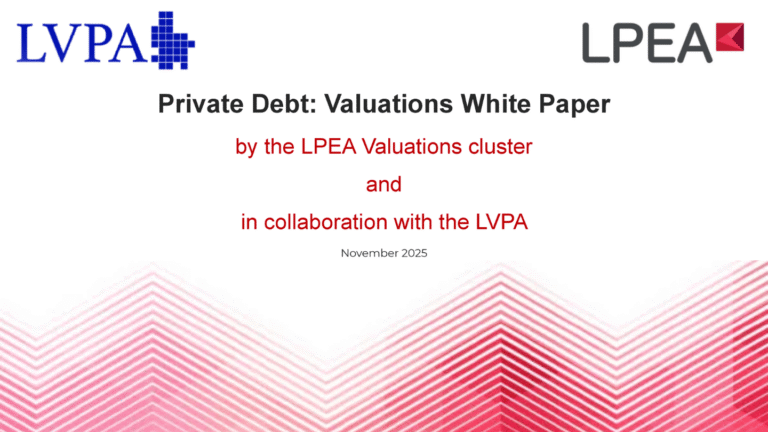Almost one year since the launch of ELTIF 2.0, James Abram, principal consultant at Temenos Multifonds, takes a new look at how the market is evolving.
The retailisation market continues to grow, but not exponentially. There is clearly demand for broader access to private assets among investors but satisfying it can be a challenge, especially for mid-size players. James Abram, principal consultant at Temenos Multifonds, looks at the issues and what’s needed to help the ELTIF market grow further and faster.
The ELTIF market today: growing…
Since its launch in January 2024, the new ELTIF 2.0 has brought about a noticeable uptick in the popularity of these structures. By making them more advantageous to GPs and managers, and more accessible to professional and retail investors, the new regulation has driven interest and growth in these funds.
While we saw growth from 80 to 94 funds from 2022-23, by September 2024 this had expanded to 126. Much of this growth happened after the 10 January launch, boosted by the new regime for ELTIF 2.0, which saw a widened scope of eligible assets, a lighter touch to investor eligibility, and more available flexibility in the structuring of a fund.
Now that the new regime is fully in place, we might look across the Atlantic for an indicator of where the market could go next. Europe has been behind the curve in broadening access to private assets. Interval funds have been in place in the US since 1993, and in the last decade have seen 10% year-on-year growth, with $80 billion market capitalisation. We might therefore expect to see similar growth for ELTIF funds in Europe.
… but not exploding
Although ELTIFs have been boosted this year by the arrival of 2.0 regulation and the October 2024 adoption of the regulatory technical standards (RTS), growth has still been relatively modest – not the explosion in market interest that may have been anticipated.
I think there are several reasons for this:
- Regulatory uncertainty. The RTS for ELTIF 2.0 were originally scheduled for go-live in January 2024 but were rejected – the first time this has ever happened. Challenges included prescriptiveness around the proportion of liquid vs. illiquid assets that could be offered in an open-ended product.
- Lack of distribution and marketing. Managers are still unsure how to market and distribute ELTIFs and as yet, there are no “superhighway” channels for access via private banks, platforms and wealth managers. Market developments are helping with this issue. Euroclear’s acquisition of Goji aims to help distributors access private funds in the same way that they would access mutual funds and ETFs. Multifonds, for its part, has ‘off-the-shelf’ connectivity to all distribution networks.
- Larger regulatory and admin burden. The need to target much larger numbers of investors, with liquidity, creates high volumes of work and requires a much greater and ongoing relationship management effort. Small- and mid-size managers struggle with this as they often have relatively manual processes. As a result, much of the appetite for ELTIFs is restricted to tier 1 and tier 2 players. Even these larger players are sometimes unsure about where the products should sit within their organisations.
- Accounting for liquid and Illiquid assets. Fund accountants and administrators have typically specialised in either liquid or illiquid assets, each of which demand a distinct set of investment processes. Administrators used to one asset class or the other face additional complexity with the ELTIF demand for aggregated valuation processes, calculation frequencies, and reporting across both.
What the ELTIF market needs
With final adoption of the revised RTS on 26 October, ELTIF 2.0 now offers a proportional approach to the retailisation of private assets, matching flexibility with risk, whilst supporting the provision for liquidity management and passporting across Europe. We see this resolution as a driver for growth.
Going forwards, distribution will continue to be key. Education of investors and intermediaries about the availability and benefits of the framework will drive demand, which must in turn be serviced by technology to reach a diverse set of investors across a multitude of distribution channels in a scalable, flexible way. Emerging distribution channels for ETLIF 2.0 include direct to investor, tokenisation platforms, traditional intermediaries, fund of funds, private asset platforms, and traditional fund platforms.
Additionally, provision for ELTIF 2.0 at the national level will ensure competitiveness with existing regional products. Countries such as Belgium and France, where some level of ELTIF 2.0 tax incentives have been introduced, have taken steps to this end. However, this is not the case in all jurisdictions. An alignment of tax regimes such as these would contribute greatly to the success of pan-European passporting. ELTIF 2.0 feeder funds can and will be of benefit here.
Better distribution is the key to make ELTIF really retailised
For managers and fund administrators, being able to easily support the demands of ELTIF funds is paramount. Multifonds has taken a lead in this space, building on its position as a market leader in cross-border UCITS to offer the automated scale and volume, liquidity management and distribution capability that ELTIF funds need.




